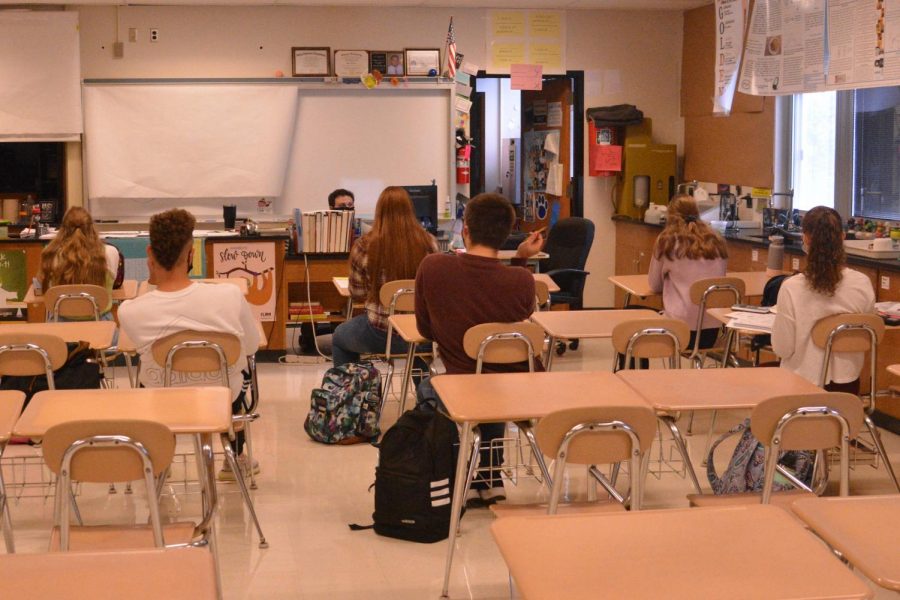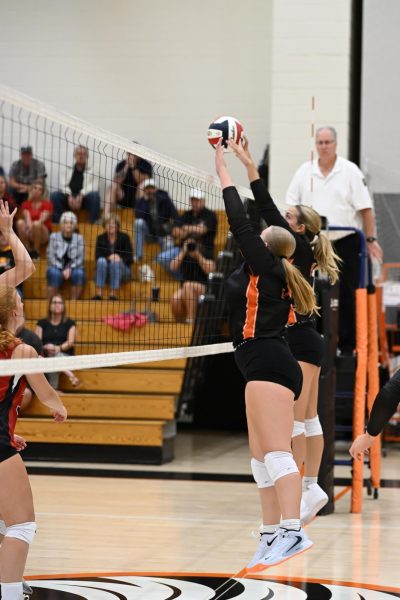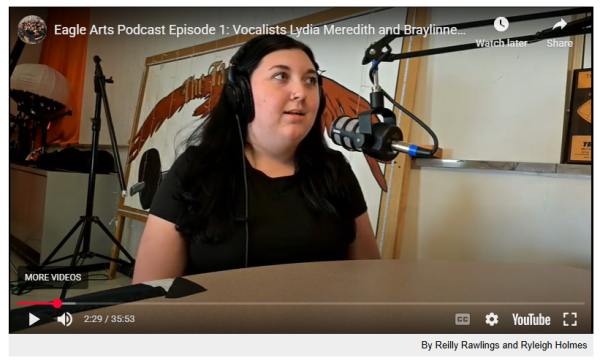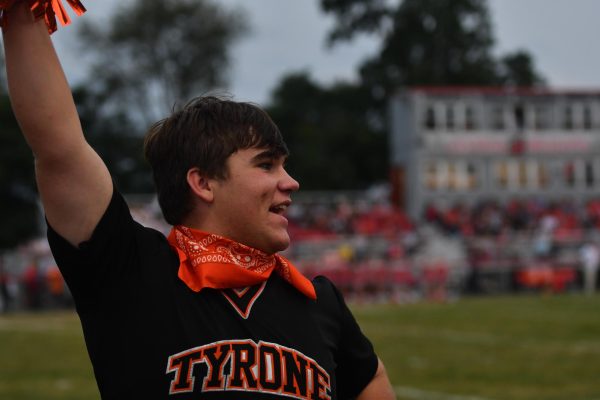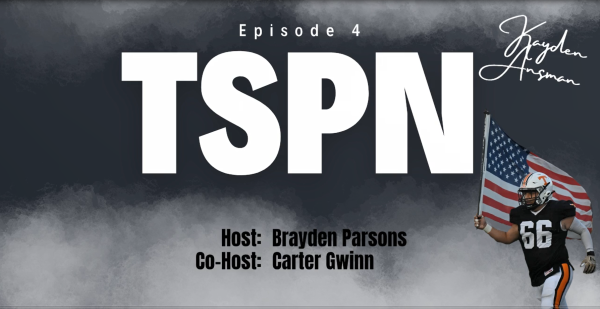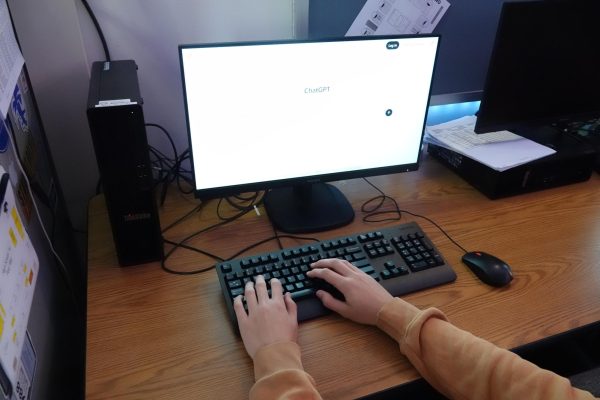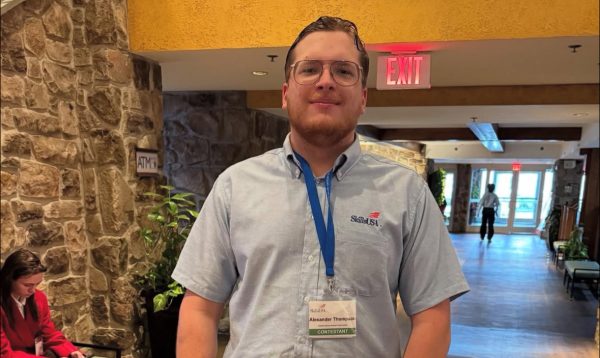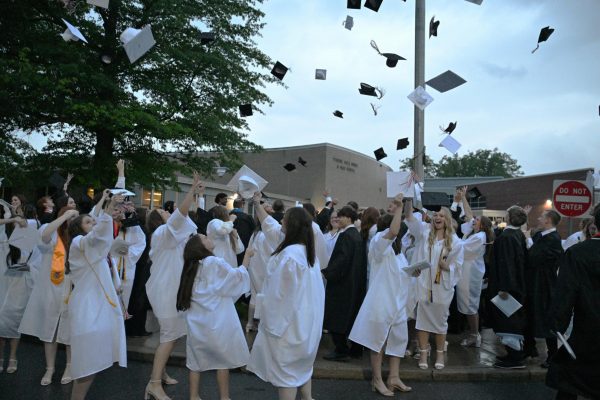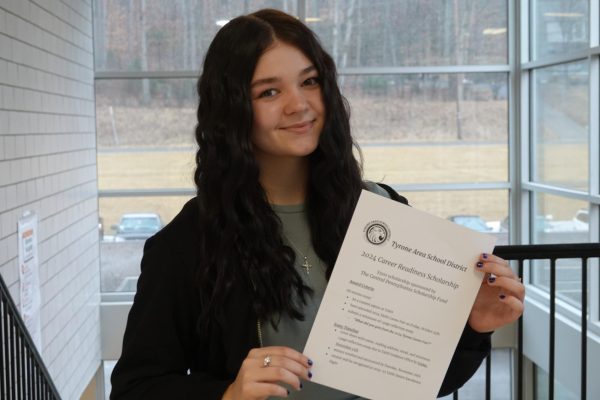Hybrid High: TAHS Teachers and Students Adjust to Blended Learning
The district put many desks and classroom furniture in storage so that teachers could reorganize their classroom environment to encourage social distancing.
While millions of students across the country face another season of fully remote learning this fall, most Tyrone students have been able to return to school on a hybrid in-person/online schedule that brings approximately half the students to school in person each day.
While the situation is not ideal, teachers and students are doing their best to cope.
In the summer, Tyrone students were given the option of full virtual learning or in-person instruction on a hybrid schedule, with students split into two teams. While the team “A” goes to school, team “B” stays at home and does virtual assignments.
Students who chose the full virtual option can still take the classes they signed up for online and participate in extracurricular activities.
According to high school officials, approximately 50 Tyrone students have opted for the fully online model, but that number changes from week to week.
That means that the majority of the high school students are still coming to school two or three days a week and doing the rest of their work online at home.
One of the biggest challenges of the hybrid model for teachers has been teaching the students in class while also juggling assignments and virtual lessons for their students at home. For teachers, it’s like having two jobs at the same time.
“Planning this year has been difficult,” said Tyrone High School English teacher David Rutter, “Online instruction has its place, but for me, it will never replace the face-to-face daily interaction with students.”
According to many students, including sophomore Kevin Carper, one of the biggest impacts for students is that with less than half of them in the building at once, the social scene has changed dramatically.
“It’s hard to communicate with our peers. It’s weird going from seeing all my friends every day to not seeing some of them at all,” said senior Kayla Michenfelter.
Another big adjustment is that everyone is required to wear a face cover, whether it be masks or a face shield, while in the building.
“I think that a mask is necessary, although many people, including myself, might not like wearing one all day,” junior Olivia Ewing said.
Teachers are allowed to give 10-minute mask breaks when the students are seated and socially distanced.
“Students have been generally very cooperative with the mask policy. I commend them for their commitment to complying with the guidelines and doing their best to reduce the risk of COVID-19 spread in the school,” said social studies teacher Todd Cammarata.
Due to the nature of their classes, the phys ed teachers have had a particularly challenging time dealing with the social distancing and mask rules. They have opted to take students outside whenever possible, where they are able to take their masks off as long as they are properly distanced. However, once the weather turns cold this will no longer be an option.
Many teachers are developing new ways of providing instruction, such as making their own videos and creating new online assignments for students.
“Over the summer I worked on developing my website for English 10. I always wanted to have a resource containing everything we do in English 10. This could evolve over time and be a tremendous benefit to me and the students in the event we would have to switch to a fully online, remote curriculum,” Rutter said.
While this year has definitely brought more challenges than any in his teaching career, Rutter is making the best of the situation.
“I approach my class with the same enthusiasm regardless of the situation. Although, my coffee may be a little stronger this year,” Rutter said.
One positive of the hybrid schedule is that lower class sizes allow for more personal attention and additional help for students on days that they are in the building.
“It is nice to have a smaller group. Hopefully, the students feel more comfortable and relaxed. The most significant adjustment is deciding what you can cover with the limited time with each team. My year is planned out; however, changes need to be made week-to-week, sometimes day-to-day because of the amount of content you are trying to cover,” Rutter said.
But the smaller class sizes and masks have made for less interactive classes, according to many teachers.
“Unfortunately we had to eliminate many group activities. Also, with the small classes and masks I’ve noticed that students seem to be less willing to engage in class discussions, which is a challenge,” Cammarata said.
The teachers are hoping that students can continue to make the best of the situation, at least until the threat of a fall spike in COVID cases passes and students can return to the building on a more normal everyday schedule.
“Hopefully in the not too distant future, we can all return to the way things were before the pandemic and hybrid school schedules will be a conversation topic in coffee shops and Sirius XM radio talk show,” Rutter said.
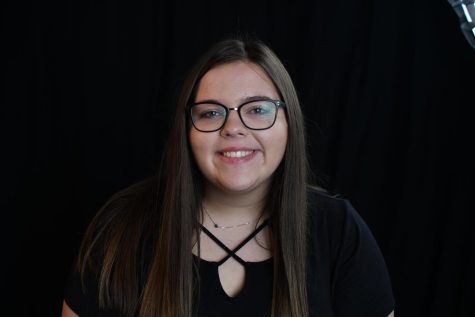
Hello! This is Kairigan Sible. She is a Junior, and this is her second year as a member of the Eagle Eye. She decided to join Eagle Eye because she enjoys...
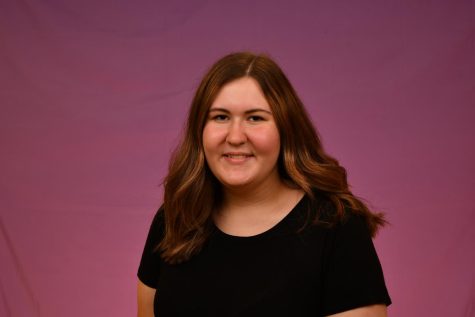
Hello! Riley Lawson is a Senior this year; this is also her third year in Eagle Eye as a staff writer. After high school, Riley plans to go to college...
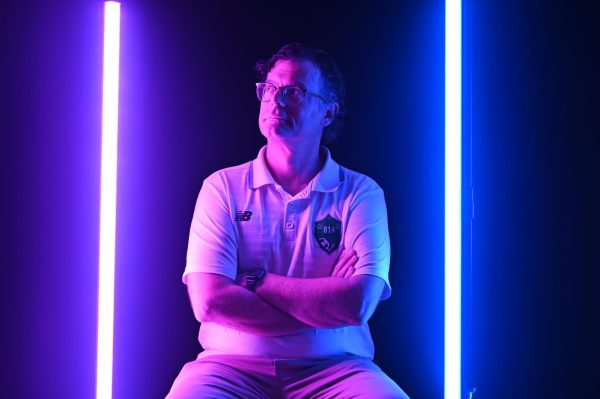
Mr. Todd Cammarata, or "TCamm" as he is known to the Eagle Eye Staff, has been advising the Eagle Eye since 2013. He also advises the Eagle Yearbook...



